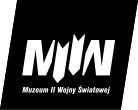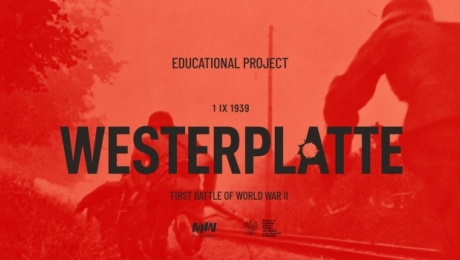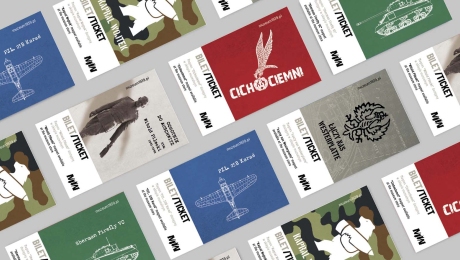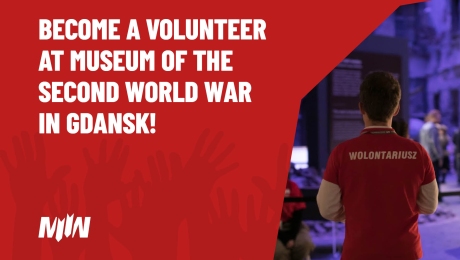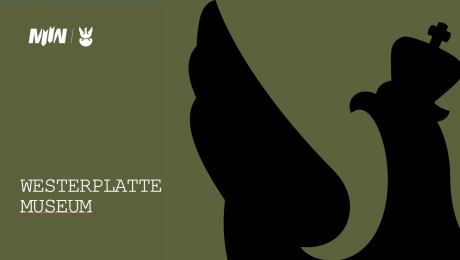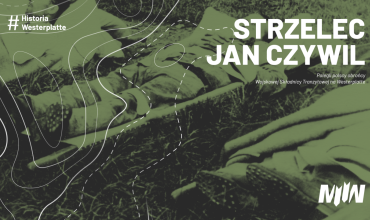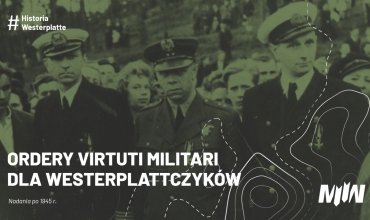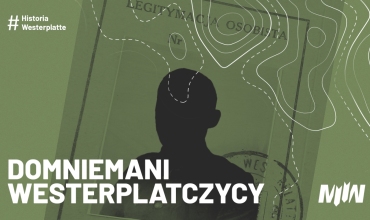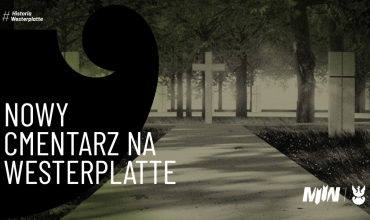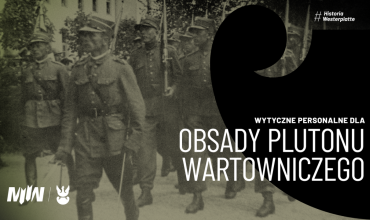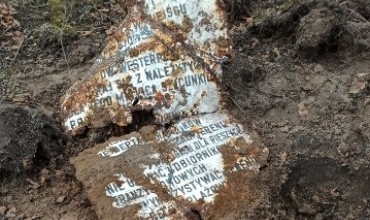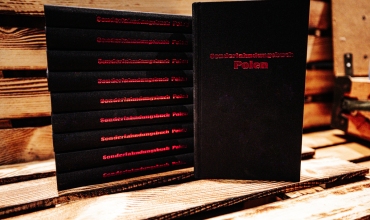News
As part of the expansion of its existing collection, the Museum of the Second World War in Gdańsk has acquired a field gun model 1902 with a caliber of 76.2 mm. The gun was manufactured in 1917 at the Putilov Plant in St. Petersburg and, from 1918, was part of the armament of the Finnish armed forces.
For decades, the pattern and consequently the caliber of the field gun serving as real reinforcement for the defenders of the Military Transit Depot at Westerplatte remained an unresolved issue. For years, the most frequently repeated information was that it was a 75mm caliber wz. 02/26 gun – a modernized Russian 3-inch gun adapted in 1926 to the Polish 75mm ammunition standard.
Fallen Polish defenders of the Military Transit Depot on Westerplatte. Rifleman Jan Czywil
In today's article from the #WesterplatteHistory series, we would like to discuss the issue of post-war awarding of Virtuti Militari orders to the soldiers of Westerplatte.
Over the years, especially during periods of increased interest in the topic of Westerplatte, new, unverified, and therefore presumed Westerplatte defenders have emerged. None of the surviving archival documents confirm the presence of these individuals on the peninsula in September 1939.
IN THE NEAR FUTURE, CONSTRUCTION WORK WILL BEGIN AIMING TO COMPLETE A NEW FORM OF CEMETERY ON WESTERPLATTE. ALL IDENTIFIED POLISH DEFENDERS WHO FELL ON THE TERRITORY OF THE MILITARY TRANSIT DEPOT ON WESTERPLATTE IN SEPTEMBER 1939 WILL BE BURIED THERE.
The outbreak of World War II in the spring of 1939 led to the arrival of a new guard platoon, deployed by the 2nd Infantry Division of the Legions. This platoon would become the last officially stationed on the grounds of the Military Transit Depot on Westerplatte (MTD).
The Museum of the Second World War in Gdańsk, in cooperation with the Polish Army sappers, has been systematically clearing the area of the Military Transit Depot (MTD) of explosive and hazardous materials since 2020. Archaeological supervision accompanies these ongoing efforts.
We encourage you to become acquainted with the publication "Sonderfahndungsbuch Poland. Special Book of the Wanted in Poland" (Introduction and Compilation by Grzegorz Bębnik), which is available for purchase in our museum shop.
